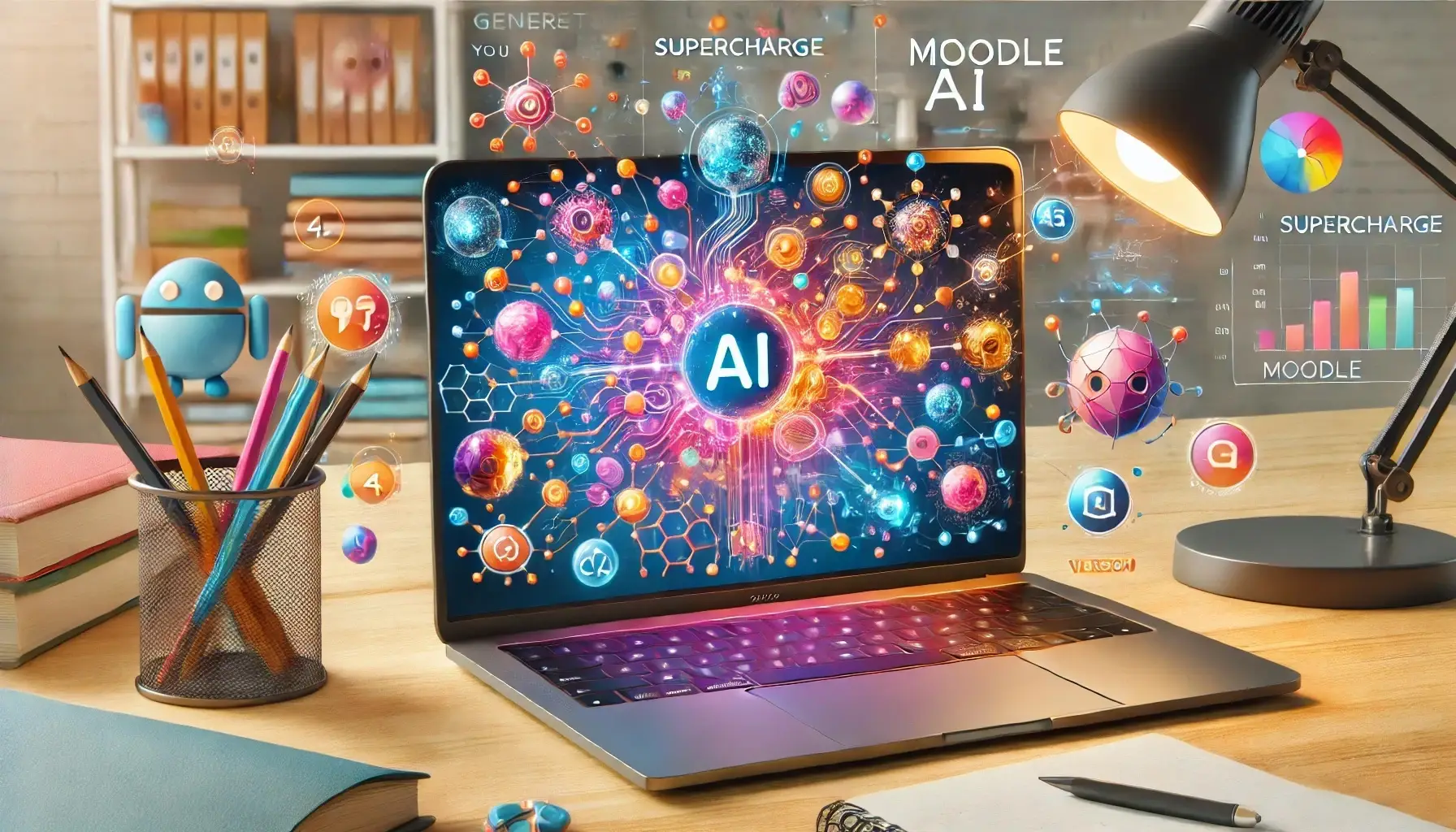Social media has integrated into every aspect of our daily lives: business and social. People use social platforms such as Facebook, Twitter, Blogs, Wikis. Learning and development professionals can use social media tools and technologies in developing their e-learning strategy to create effective and interactive solutions for their organisation.
Understanding social media tools and technologies can help an instructional designer create effective and interactive training. Social media can be a tool to enhance the learning process through its social and collaborative nature. We look at how social media tools can support e-learning.
Wikis
A wiki is a website where users can add, edit, and collaborate with other employees. Most organisations have a wiki where they share their policies and training materials. For example, organisations may use a wiki to share reference resources such as on-boarding material for new staff. Learning and development professionals can use wikis to store course materials for pilot phases and ensure version control.
Media sharing
Podcasts and videocasts are a great way for learning and development professionals to use the organisations subject matter experts knowledge and make it available to staff on-demand.
Google Docs and Sharepoint are collaborative tools that staff may use to help manage documentation as well as share information in one place.
Blogging
By blogging, learners are able to share their learning experiences, knowledge, and facilitate conversation.
Learners know and access social media platforms such as Facebook, Twitter and LinkedIn; they are able to follow and interact with other professionals and bring information back to their own organisation, which further promotes sharing and interactivity.
By using social media in e-learning, learning and development designers are creating an environment that will facilitate a continuous learning experience for its users whether they work from home or the office. Using social media promotes a culture of sharing and just-in-time learning.







